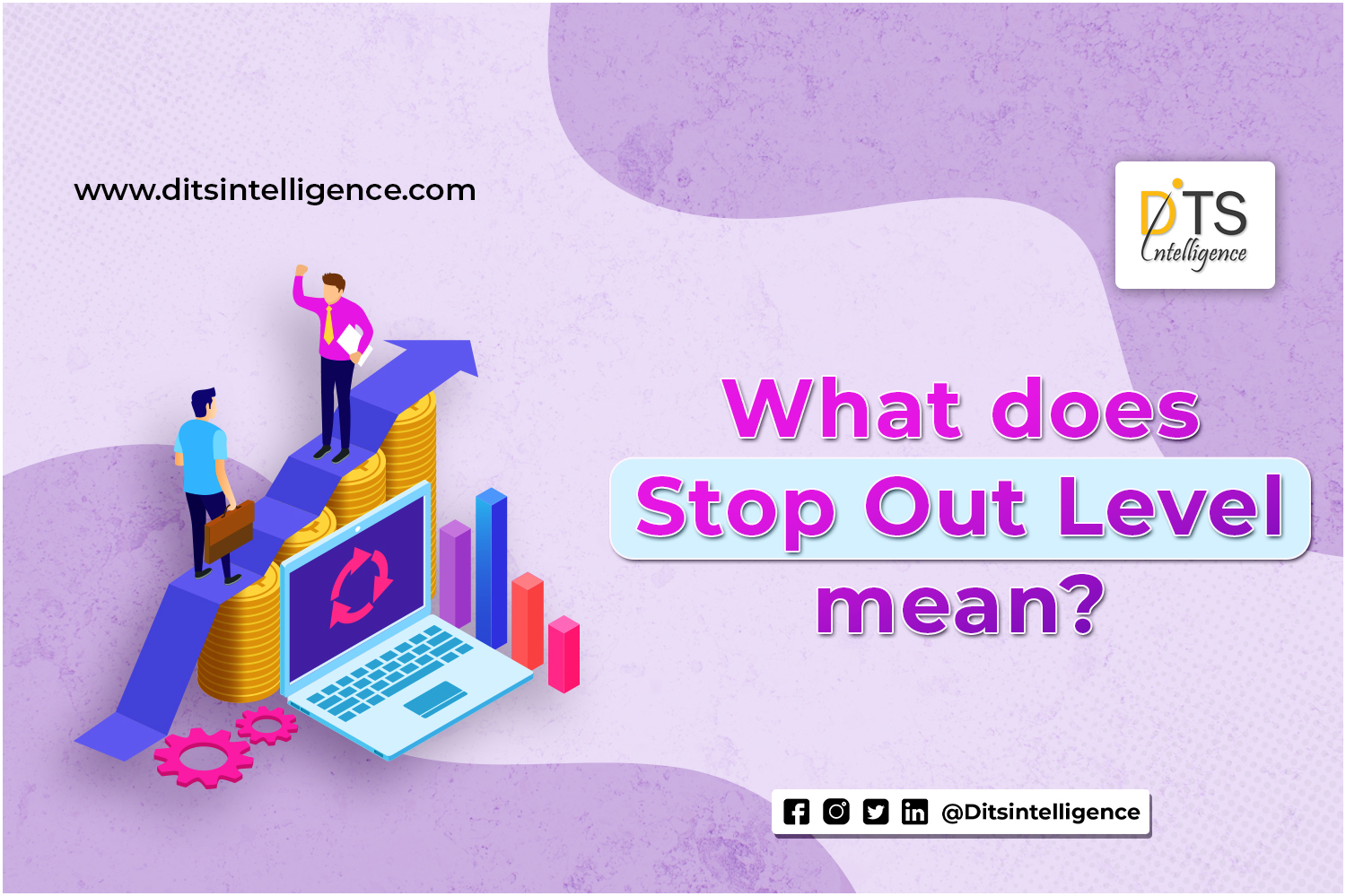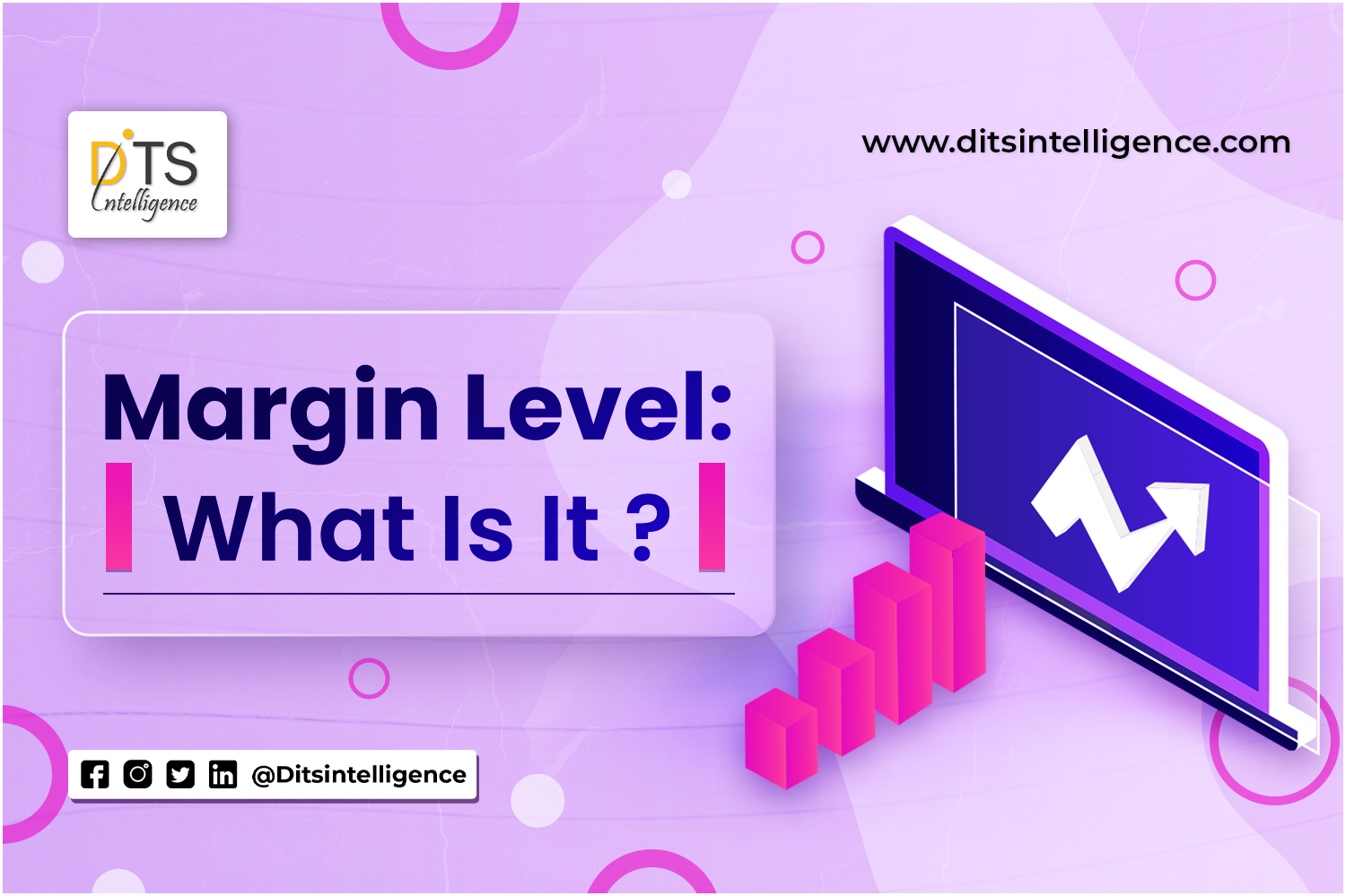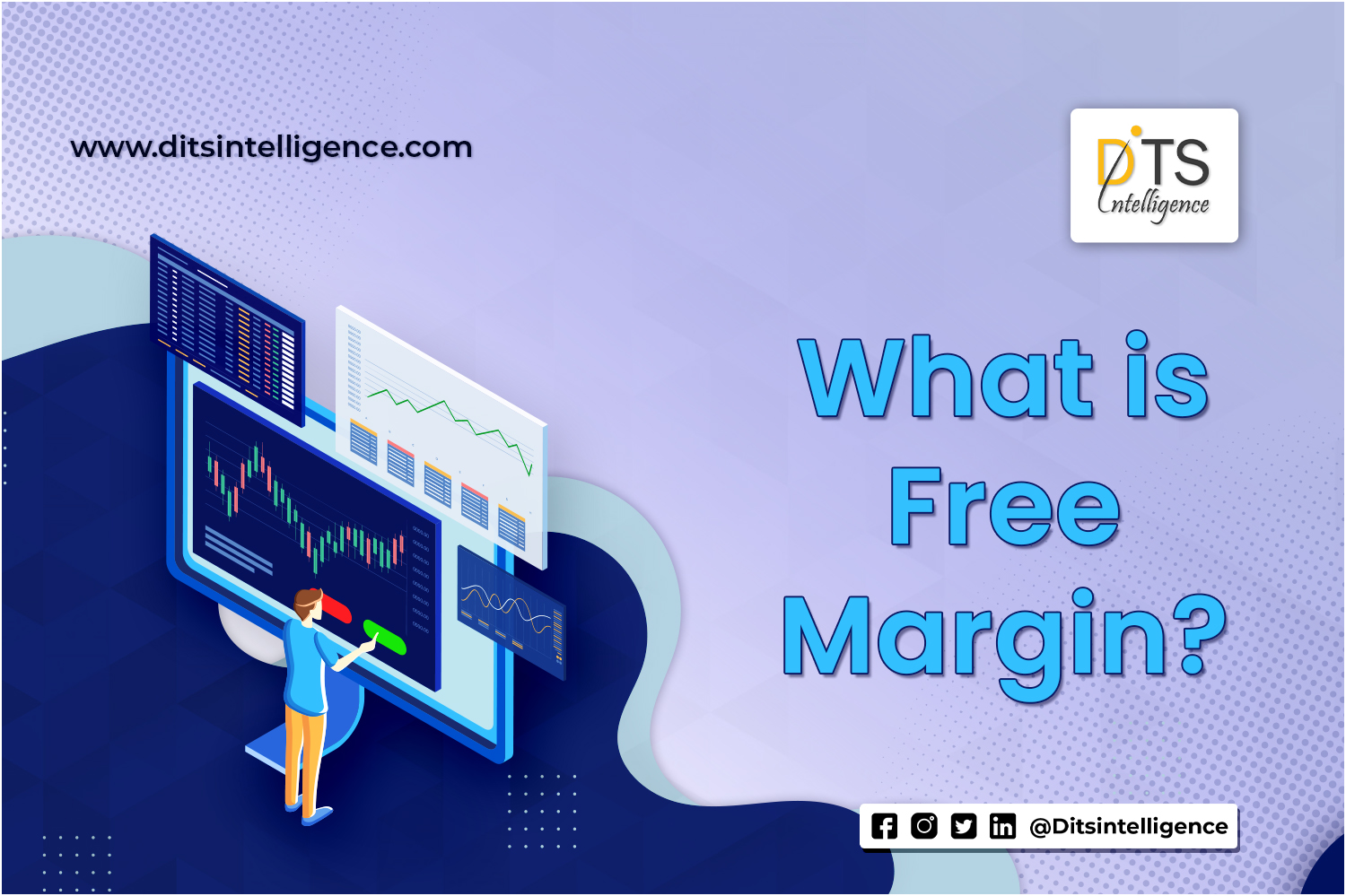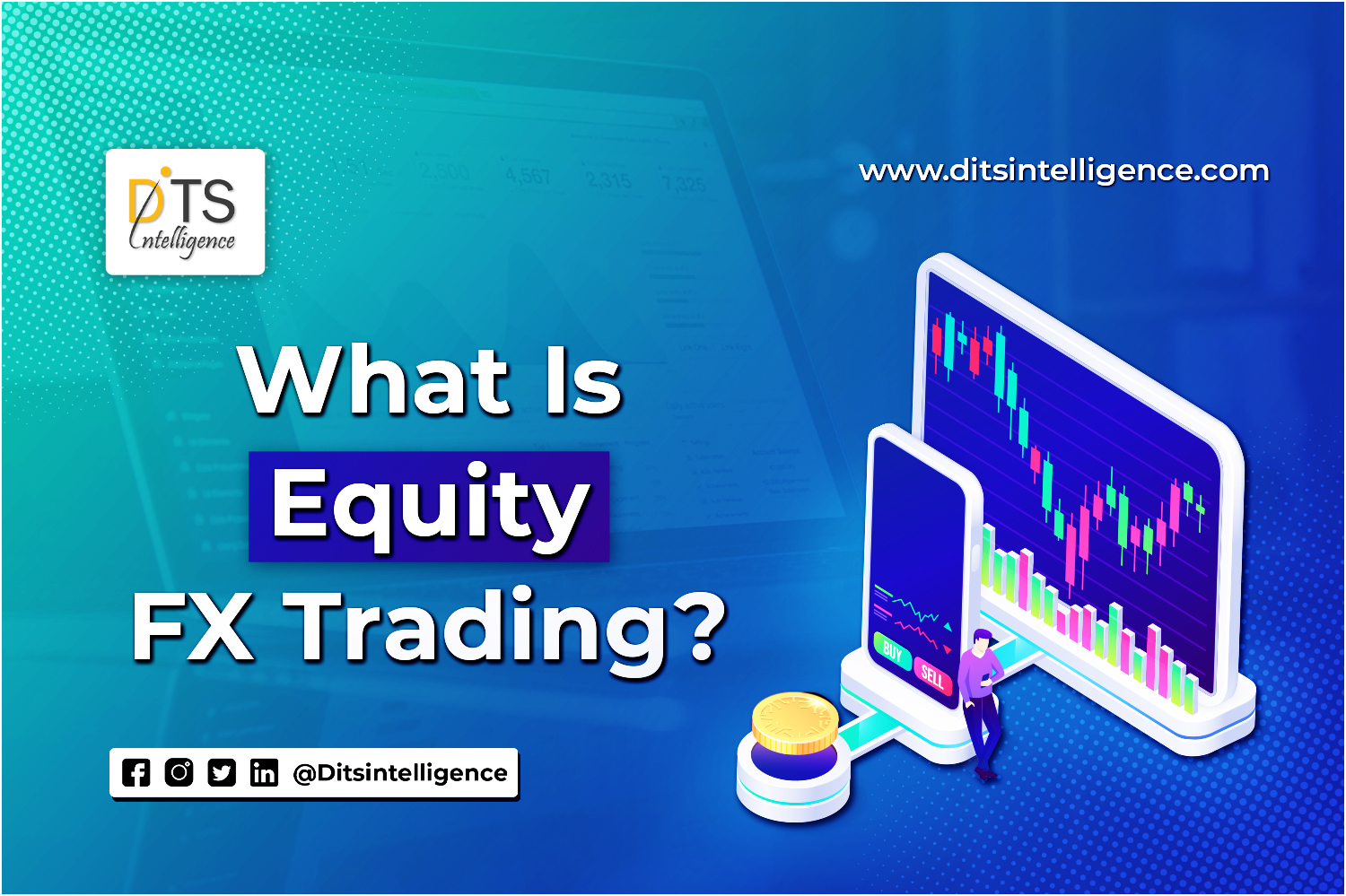In the Forex Market (FX), What Is A Lot?
In the Forex market (FX), a lot is commonly traded in specific amounts or, in the simplest terms, the number of currency units you will be purchasing or selling.
June 08, 2022 - 02:36 PM 467 views

Educational Articles
© In the Forex Market (FX), What Is A Lot?
In the Forex market (FX), a lot is commonly traded in specific amounts or, in the simplest terms, the number of currency units you will be purchasing or selling.
A lot is defined as a unit of measurement for a specified transaction amount.
On the trading platform, orders are placed in sizes that are quoted as lots. It’s similar to an egg carton or an egg box. Usually, when you buy eggs, you will purchase them in a carton or box, and one carton includes 12 eggs.
The standard lot size is 100,000 units of currency. Besides, there are mini (10,000), micro (1000), and nano (100) lot sizes.
LOT | NUMBER OF UNITS |
Standard | 100,000 |
Mini | 10,000 |
Micro | 1,000 |
Nano | 100 |
A few brokers show quantity in lots while others display it in the actual currency units.
As we previously discussed, the variation in the currency value relative to another is measured in pips, which is a very, very small percentage of the currency value unit.
In order to take advantage of these frequent value changes, you need to trade huge amounts of this particular currency and observe the significant profit and loss value.
Let’s consider we will use a 100,000 standard unit lot size. Hence, we will recalculate a few examples to observe how the pip value affects them.
1. USD/JPY at an exchange rate of 119.80: (.01 / 119.80) x 100,000 = $8.34 per pip
2. USD/CHF at an exchange rate of 1.4555: (.0001 / 1.4555) x 100,000 = $6.87 per pip
The formula is a bit different in a few cases where
the US dollar is not quoted first
1. EUR/USD at an exchange rate of 1.1930: (.0001 / 1.1930) X 100,000 = 8.38 x 1.1930 = $9.99734 rounded up will be $10 per pip
2. GBP/USD at an exchange rate of 1.8040: (.0001 / 1.8040) x 100,000 = 5.54 x 1.8040 = 9.99416 rounded up will be $10 per pip.
Depending on the lot size, here are a few examples of PIP values for EUR/USD and USD/JPY currency pairs:
|
PAIR |
CLOSE PRICE |
PIP
VALUE PER |
||||
|
Unit |
Standard lot |
Mini lot |
Micro lot |
Nano lot |
||
|
EUR/USD |
Any |
$0.0001 |
$10 |
$1 |
$0.1 |
$0.01 |
|
USD/JPY |
1 USD = 80 JPY |
$0.000125 |
$12.5 |
$1.25 |
$0.125 |
$0.0125 |
Your broker might have a different understanding of calculating PIP values in comparison with the lot size, but whatever way they perform, they will exactly tell you what the pip value for the currency you are currently trading is at a specified time.
Along with the market movement, the pip value is based on what currency you are trading recently.

What exactly is Leverage?
You might be wondering how a small investor can trade such a huge amount of money.
Just assume that your broker is a bank who primarily helps you purchase $100,000 in currency.
However, all the banks will ask you to provide $1000 as a good faith deposit, which they will reserve for you.
Is that sound true? This is how the Forex market's trading using leverage works.
The leverage amount you use will be basically dependent on your forex broker. However, a broker must require a deposit, which is referred to as margin.
Once the money is deposited, then you are capable of doing trade. The broker will also specify how much margin is needed per lot or position traded.
Take an example: if the allowed leverage is 100:1 or 1% of the lot or position, and you wish to trade a lot or position worth $100,000 but you only have $5000 in an account.
Your broker would set aside $1000 as a deposit and the remainder of the loan amount.
But of course, any profits or losses will be reduced or further added to the remaining cash balance in your bank account.
The minimum security margin for each lot will differ from broker to broker.
In the above example, the broker needed a 1% margin. It means that for every $100,000 traded, the broker requires $1000 as a deposit for that particular position or lot.
Let’s give an example: you wish to purchase 1 standard lot (100,000) for the USD/JPY currency pair and your account is allowed to 100:1 leverage, then you need to keep $1000 as a margin.
Here, the $1000 is not considered as a fee but it is a deposit.
The main reason why the broker needs the deposit is that when the trade is open, there might be a threat that you could lose money on that position or lot.
Just assume that the trade of the USD/JPY currency pair is the only position that remains open in your account. Hence, you need to manage your account’s equity (i.e., $1,000 at all times) in order to keep your trade open.
If the USD/JPY pair collapses and your trade losses because of the account equity falling below $1000, then the broker system will be automatically closed to prevent additional losses.
This is one of the safety measures to avoid your account balance going negative.
It’s really important to understand how the margin trade works; this will be discussed in our next lesson. If you do not wish to blow up your account, you must study how this margin trading works.
Further, How Do I Calculate the Profit and Loss?
As of now, you know-how to calculate the pip value and leverage, so let’s take a look at how to calculate your profit or loss margin.
Let’s purchase the US dollars and sell the Swiss francs.
The currency rate is quoted as 1.4525/1.4530 because you are purchasing the US dollars and you will work on the ASK price, which is quoted at 1.4530 points. This is the price at which the traders are prepared to sell.
So, you purchase 1 standard lot unit (100,000) at 1.4530 points.
Hence, after a few hours, the rate changed to 1.4550 points, and you decided to close the trade.
The new quote for the USD/CHF currency pair is 1.4550/1.4555. You are required to purchase to open the trade and to close the trade. However, you must sell the pair in order to close the trade, and you must take the BID price at 1.4550 points, which is the rate that the traders are prepared to purchase.
The difference between the values of 1.4530 and 1.4550 is 20 pips, or.0020 pips.
By using our formula, we now have (.0001/1.4550) x 100,000 = $6.87 per pip x 20 pips = $137.40.
BID/ASK SPREAD
Remember that the spread in the bid/ask quote applies
when you enter or exit a trade.
You will utilise the offer or ASK price when purchasing a currency.
You will utilise the BID price when selling.
Following that, we'll give you a rundown of the most recent forex lingos you've picked up!
Read More Article:
How to invest in Foreign Exchange Market (FX) Step by
step in 2022
How to make an investment in foreign exchange market?
How to invest in forex market in 2022
What is the Best Way to Make Money Trading Forex?
In Detail, What Is The Forex Market (FX)?
In the Forex Market, What is actually traded?
Currency Pairs: Buying and Selling
What is a pip in forex trading?
The Different Types Of Forex Trading
Forex Market (FX): It’s Size and Liquidity
When to Buy and When to Sell a Currency Pair
Forex Trading For Beginners: A Guide To Making Profits
From Currency Trading
Learn to Trade with Best and
Trusted Global Broker
Start your journey with
us and learn from basic to advance with one to one training session. Get full
knowledge about the market from our expert team and become expert in market.
Free Enquiry Now: Click Here
Recent Articles
- Fed Rates will Rise by 50 Basis Points in September, Predicts Goldman Sachs
- Fed Governor Bowman: Significant Rate Increases May Continue
- NZ Inflation Expectations Softer in Q3, Kiwi off Highs, According to RBNZ Survey
- The Year-Ago Base Effects will Cause the Headline and Core Rates to Decline in the US, According to Scotiabank




